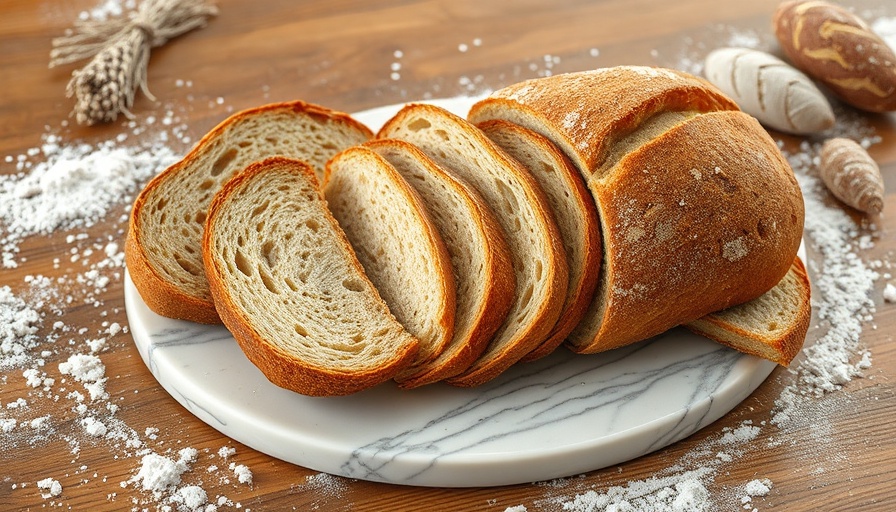
Unveiling the Secrets of Wheat and White Bread
When it comes to choosing between wheat bread and white bread, many consumers may assume wheat is automatically the healthier option. While it tends to offer more fiber and nutrients, the reality is more complex than that. Understanding these differences can empower you to make informed choices that align with your health goals, whether you're focused on weight management, digestion, or simply enjoying a tasty sandwich.
The Nutritional Divide: Wheat Vs. White
Wheat bread is often lauded for its whole grain goodness, containing the bran, germ, and endosperm, which all contribute to its higher fiber content. This means better digestion and prolonged satiety—essential factors for anyone aiming to maintain a healthy weight. In contrast, white bread, made from refined grains, misses out on these vital nutrients during processing. Though some brands enrich their white bread with vitamins, it can't quite match the nutrient density of whole wheat varieties.
Effect on Blood Sugar: What You Need to Know
Looking at the impact on blood sugar, whole wheat bread usually comes out on top when it comes to managing glucose levels due to its higher fiber content. However, don't count white bread out entirely! For those with specific digestive issues or adherence to lower-fiber diets, white bread in moderation can be perfectly acceptable. It's essential to cater your bread choice to your specific dietary needs, rather than following a one-size-fits-all approach.
Enhancing Your Diet: The Key Takeaway
Ultimately, the grassy debate of wheat versus white bread boils down to personal preferences and dietary requirements. Making wise choices means paying attention to labels: look for “100% whole wheat” to ensure you're reaping all the health benefits your bread can provide. No matter which type you choose, the key is moderation and thoughtful consumption in conjunction with a balanced diet.
 Add Row
Add Row  Add
Add 

 Add Row
Add Row 


 Add
Add 


Write A Comment